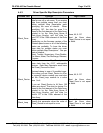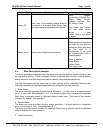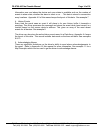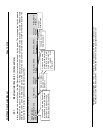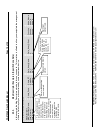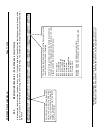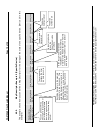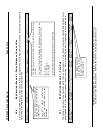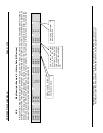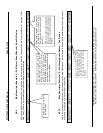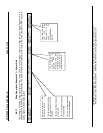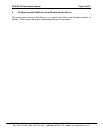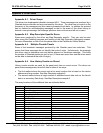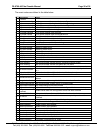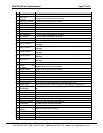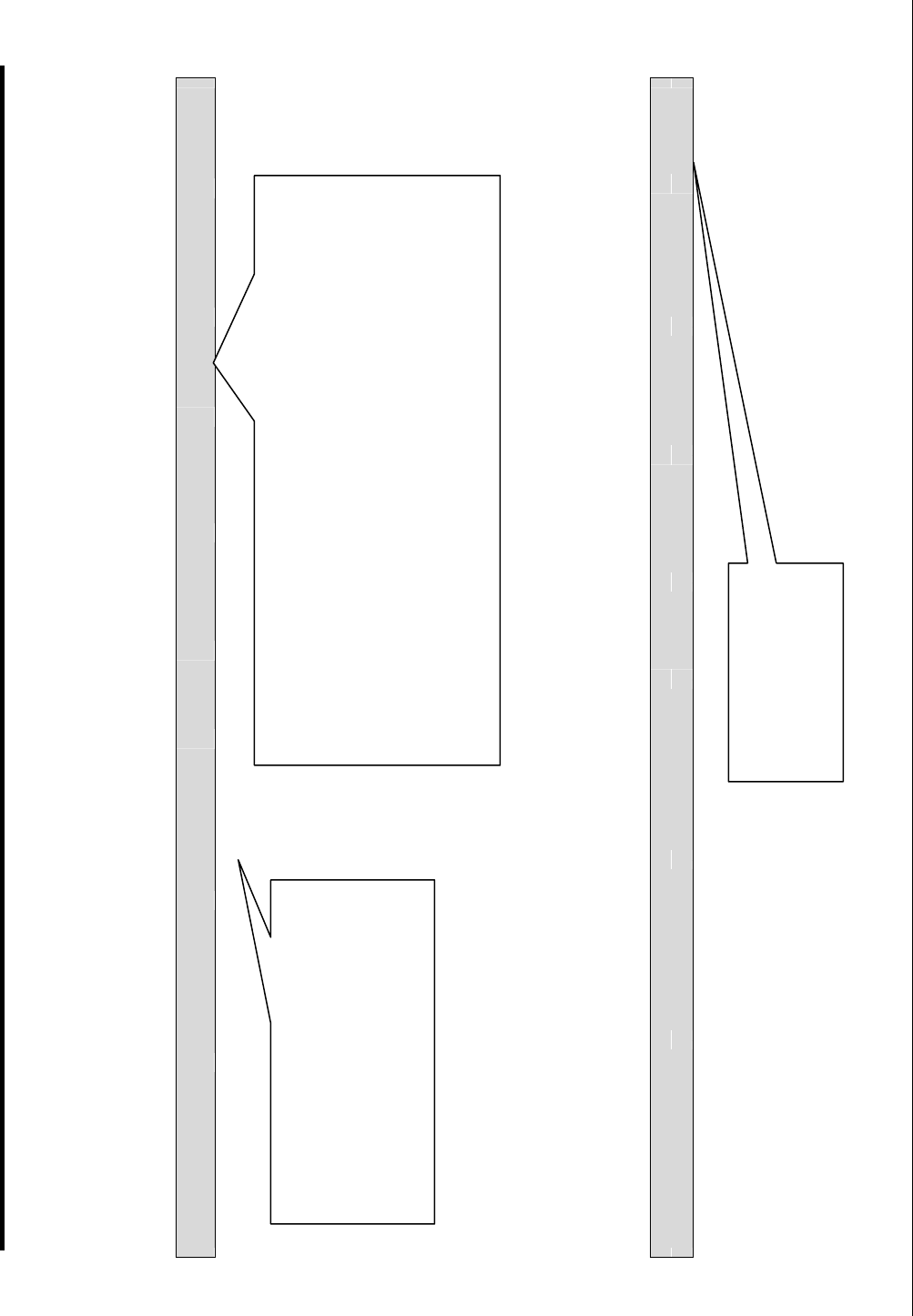
FS-8700-48 Fike Cheetah Manual Page 20 of 36
FieldServer Technologies 1991 Tarob Court Milpitas, California 95035 USA Web: www.fieldserver.com
Tel: (408) 262-2299 Fax: (408) 262-9042 Toll Free: 888-509-1970 email: support@fieldserver.com
4.5.6. Map Descriptor Example 6 - Device States as a Numeric Value
In this example all the devices of loop 1 have the state storage defined by this Map Descriptor. Device 63, for example would have its
state stored at the 64th location of the Data Array specified.
Map_Descriptor_Name, Data_Array_Name, Data_Array_Offset, Function, Node_Name, Cheet_Zone, Cheet_DT, Cheet_Device, Cheet_Loop
Device1_L1_Any, DA_DI1, 0, Passive, Node_A, None, Any, All, 1
4.5.7. Map Descriptor Example 7 – Panel Data
This example provides a Map Descriptor which tells the driver where to store the non-zone/device specific data obtained from a
panel. Appendix A.5 of the manual maps how the data is stored. Ensure that the Data Array is long enough to store all the data.
Map_Descriptor_Name, Data_Array_Name, Data_Array_Offset, Function, Node_name, Cheet_Zone, Cheet_Device, Cheet_DT
Panel_Data, DA_PANEL, 0, Passive, Node_A, None, None, Panel
The Any keyword tells the driver to store the device state as a
number
The value of the number indicates the device state. The number is a
binary number and its value is determined by which bits are set.
Bit 0: Alarm
Bit 1: Pre-Alarm
Bit 2: Trouble
Example: Value 4 indicates the device is in a trouble state.
The array’s format must be suitable for
storing the state number which can
range from 0-15.
Thus BYTE, UINT16, UINT32 and
FLOAT are suitable formats for the
Data Array.
The Panel keyword
tells the driver to store
the panel data using
this Map Descriptor.



